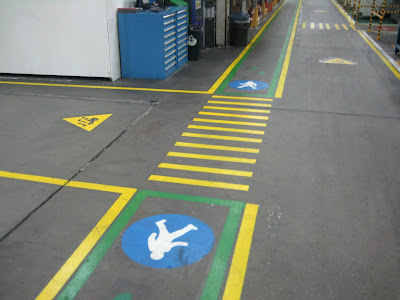We daily hear words like "Sensex" and "Nifty" when we watch the news. These words are also related to the market but have you ever imagined what is the meaning of Sensex and Nifty? In this article we will understand the meaning of these two words with respect to the economy.

There are thousands of listed companies in the stock exchange (Stock exchanges allow investors to buy and sell shares of a company among each other in a regulated and legitimate space.) in India. And, it is not at all easy to track every single stock. Therefore, a smaller sample is calculated which acts as a representative of the whole market. This small sample is called Index (in other words, indicator) and it helps in the measurement of the value of a section of the stock market. The index is computed from the prices of selected stocks.
Sensex and Nifty are the two important indicators that are used to measure the behavior of the market. These market indices are known as a standard for portfolio performance. SENSEX (Sensitive Index) and NIFTY (Net Index of Fifty) are the benchmark index of India.
SENSEX:
Sensex, also called BSE 30, is the market index consisting of 30 well-established and financially sound companies listed on the Bombay Stock Exchange (BSE).BSE can revise this list of 30 with respect to time. So, if Sensex fluctuates, it reflects on the economy as well. For example, if Sensex goes up people become more interested in buying stocks because they think that economy is going to grow. But, if Sensex goes down, people tend to stop investing in the economy.
Let us understand it with an example, it is like trying to determine the ‘intelligence’ of a class of 500 students across various courses by taking the average marks of Top 30 students. The average result might be good but this may not necessarily be so. For better results we need to compare the averages across a period of time, or across classes as it is more helpful rather than looking at the average as a stand-alone factor.
NIFTY:
Nifty, also called NIFTY 50, is the market index consisting of 50 well-established and financially sound companies listed on the National Stock Exchange of India (NSE). Nifty Index constitutes of 50 companies that are considered to be the nation's economy movers and shakers. Each of the 50 companies contributes some weightage to the Nifty Index and its fall and rise indicate the condition of our economy.
It is just like the fuel indicator of your vehicle. When the fuel Indicator is in the Red zone, you understand that your fuel tank is about to be empty and you need to refill it or else your vehicle will stop running. In the same way, when you are filling up your tank and the Indicator turns full in Green zone, you understand your tank is full and you should stop filling it or else it will spill out of the tank.
WHY DO WE NEED THESE INDICATORS?
The rise and fall of an index would reflect the composite performance of all these companies, and in turn it is the representative of the whole market. It is the barometer of the economy. Indices can be constructed to track the performance of stocks, bonds, currencies, volatility, prices amongst many other things.
DIFFERENCE BETWEEN SENSEX AND NIFTY:
Thank you for reading the article.




















